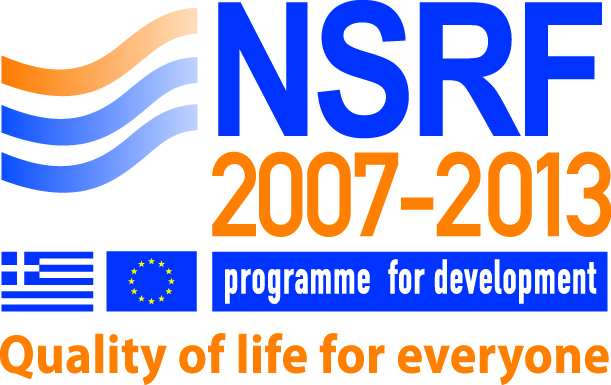Please use this identifier to cite or link to this item:
https://olympias.lib.uoi.gr/jspui/handle/123456789/38839Full metadata record
| DC Field | Value | Language |
|---|---|---|
| dc.contributor.author | Μπάμπου, Ευδοξία | el |
| dc.contributor.author | Bampou, Evdoxia | en |
| dc.date.accessioned | 2025-03-07T14:19:40Z | - |
| dc.date.available | 2025-03-07T14:19:40Z | - |
| dc.identifier.uri | https://olympias.lib.uoi.gr/jspui/handle/123456789/38839 | - |
| dc.rights | Attribution-NonCommercial-NoDerivs 3.0 United States | * |
| dc.rights.uri | http://creativecommons.org/licenses/by-nc-nd/3.0/us/ | * |
| dc.subject | Cereals | en |
| dc.subject | Price | en |
| dc.subject | Ukrainian conflict | en |
| dc.subject | Cointegration | en |
| dc.title | Price relationships of cereals before and after the Ukrainian conflict | en |
| dc.type | masterThesis | en |
| heal.type | masterThesis | el |
| heal.type.en | Master thesis | en |
| heal.type.el | Μεταπτυχιακή εργασία | el |
| heal.dateAvailable | 2025-03-07T14:20:40Z | - |
| heal.language | en | el |
| heal.access | free | el |
| heal.recordProvider | Πανεπιστήμιο Ιωαννίνων. Σχολή Οικονομικών και Διοικητικών Επιστημών | el |
| heal.publicationDate | 2025-01 | - |
| heal.abstract | Purpose: This study probes the price relationships of barley, corn and wheat before and after the Russian invasion of Ukraine in 2022. It intends to analyze how financial and geopolitical instabilities influence price volatility, causality and market stability over long-term periods. Data: Monthly price data from January 2000 to June 2024 were obtained from the Federal Reserve Bank (FRED). The dataset was divided into two periods: pre-war (2000-2022) and post-war (2022-2024) to simplify our analysis. Statistical tests include Granger causality and unit root tests, Johansen cointegration, Vector Autoregression (VAR) and Vector Error Correction Models (VECM) utilized to detect short-term and long-term dynamics. Results: The findings show remarkable shifts in price volatility and correlations between cereals, since the beginning of the war. In pre-war analysis the prices of barley and wheat had a long-term equilibrium, but the post-war era underscores stronger correlations between barley and corn. Wheat and corn presented higher volatility because of the disruptions in the supply chains. The speed of adjustment to the long-run equilibrium was different, with several markets attempting to recover quickly while others experienced extended instability. Conclusions: The results highlight the weakness of global cereal markets to external shocks. For the short-run and long-run period policy measures, including the reduction of export restrictions, reinforcement of food aid programs and enhancing agricultural forecasting are essential. Future research should scrutinize the effect of climate change on price volatility and investigate additional cereals. | en |
| heal.advisorName | Παναγιώτου, Δημήτριος | el |
| heal.committeeMemberName | Γρηγοριάδης, Βασίλειος | el |
| heal.committeeMemberName | Τσακίρης, Νικόλαος | el |
| heal.academicPublisher | Πανεπιστήμιο Ιωαννίνων. Σχολή Οικονομικών και Διοικητικών Επιστημών. Τμήμα Οικονομικών Επιστημών | el |
| heal.academicPublisherID | uoi | el |
| heal.numberOfPages | 45 σ. | el |
| heal.fullTextAvailability | true | - |
| Appears in Collections: | Διατριβές Μεταπτυχιακής Έρευνας (Masters) - ΟΕ | |
Files in This Item:
| File | Description | Size | Format | |
|---|---|---|---|---|
| Μ.Ε. Μπάμπου Ευδοξία (2025).pdf | 880.53 kB | Adobe PDF | View/Open |
This item is licensed under a Creative Commons License





